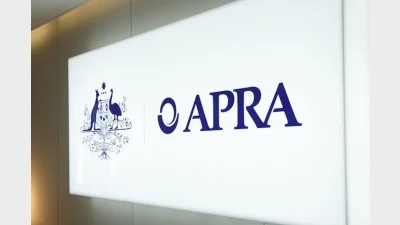AustralianSuper reaping benefits of scale – Silk
The industry superannuation mega-fund AustralianSuper is reaping all the anticipated benefits of its huge scale and experiencing none of the potential downsides, according to its chief executive Ian Silk.
He said the most significant scale advantages for the fund related to its ability to command substantial cost reductions and greater flexibility from service providers.
At this stage, one of the most obvious benefits of the fund’s size has been with respect to insurance, with AustralianSuper’s signing with CommInsure delivering members benefit increases of between 10 per cent and 100 per cent.
Because of the fund’s scale, “They were able to sharpen the pencil more on price and to be more flexible in the design of the insurance”, Silk said.
Cost savings have also been realised on the administration side, with the cost per unit of printing the various member communications significantly reduced because of the large scale of the print run.
When asked if there were any disadvantages in the sheer size of AustralianSuper, Silk admitted that there probably were some, but they had not yet become apparent.
While the fund’s size has attracted intense scrutiny from the Australian Prudential Regulation Authority, Silk said no breaches of any kind were evident within its various prudential reporting and administration systems.
Recommended for you
Super funds have recorded modest gains in September as global equity strength and an AI-driven rally lifted investment returns.
ASIC is seeing an increase in misconduct exploiting superannuation, it stated in its latest annual report.
The super sector has welcomed the government’s payday super legislation, calling it a landmark step for fairer retirement outcomes.
The regulator has ordered super trustees to strengthen oversight of platform investments after member losses from failed schemes exposed governance weaknesses.









